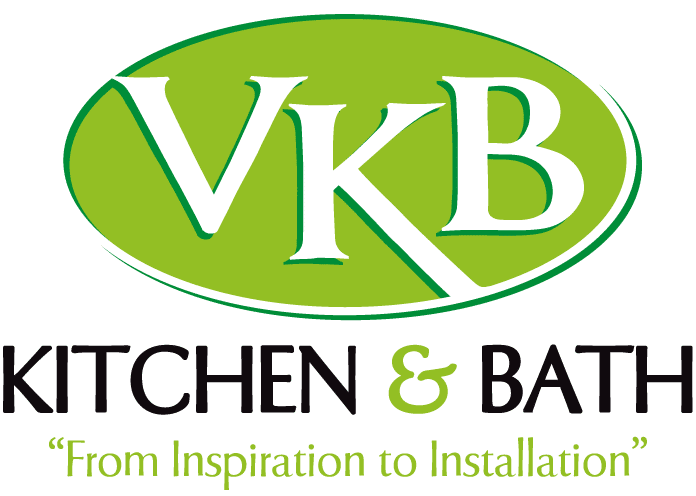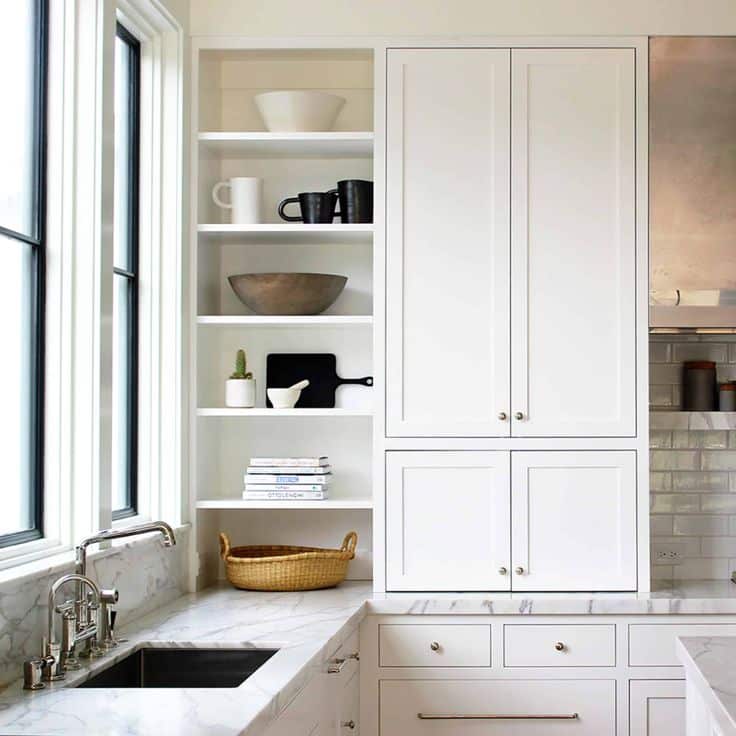It’s the place where you spend a lot of time, gathering with family, preparing meals and entertaining.
So when it comes to choosing flooring, you can’t afford to make any mistakes.
Besides, you’re going to spend a good portion of your remodeling budget on kitchen flooring.
To maximize your investment and ensure you choose a material that matches your lifestyle, make sure to consult the pros.
When you meet with your kitchen expert, talk about these factors.
- Your lifestyle. How will you be using the room? Even if you only use it to cook occasionally, the room is going to be used a lot to prepare lunches, gulp down breakfast on the way out the door, and to host family gatherings. If you have young kids, you’ll want to choose non-slip floors. If you host clients or family reunions, a showstopping floor may be in order.
- Your style. One of the most important factors when choosing flooring is the overall design aesthetic. If your kitchen style is country, you won’t want to use a sleek, modern flooring. Work with a kitchen designer to choose flooring material that will complement your kitchen’s contemporary, rustic or traditional design. The pattern and texture of the floor, as well as the color, will need to complement the kitchen’s size, too. For example, a small kitchen will need a simple, clean floor, while a larger kitchen can accommodate a more complicated, textured pattern. If you have an island, then you’ll want the flooring to match the aestetics of it.
- Your comfort. Die-hard or busy chefs will want to choose a flooring that promotes comfortability. Standing on a floor for hours while slaving away in the kitchen can wreak havoc on your feet, legs and back. If this is the case, choose a flooring that’s resilient and soft. For example, tile tends to be harder and more uncomfortable than wood.
- Your investment. A durable floor is ideal, no matter how you use the space or your design style. Considering the spills that take place in the kitchen and the foot traffic that goes on, a durable floor is key. The flooring should resist staining, moisture problems and be easy to clean.
- Your cost. When you meet with your kitchen designer, talk about all of the factors listed above, and then whittle down your choices based on cost. For a kitchen remodeling project, you’ll need to set aside funds for cabinetry, countertops, lighting fixtures, flooring and more. You may not be able to afford the floor of your dreams if you want to upgrade cabinets, for example. But you can usually negotiate its cost by navigating options like underlayment, installation, floor disposal and removal and delivery.
Here’s a rundown of the pros and cons of popular flooring options:
- Ceramic accommodates almost any budget and style, with a wide variety of sizes, colors and patterns. While it wears well and is easy to clean, if it’s not installed well, it can crack. In addition, the tiles can be slippery and cold.
- Natural stone offers a unique look, as granite, slate and travertine are extremely varied. The stones create an elegant, classic look; however, the materials require careful installation in order to last.
- Wood floors are charming, warm and durable. The classic floors come in a variety of widths and it’s sure to never go out of style. However, hardwood scratches and dents easily, requires refinishing as it wears and liquids can be a problem if you don’t quickly clean up spills.
Here’s to your new kitchen floor! With a floor that matches your lifestyle, design style, comfort and budget, you’ll be able to confidently select a kitchen flooring material that will drive ROI.



